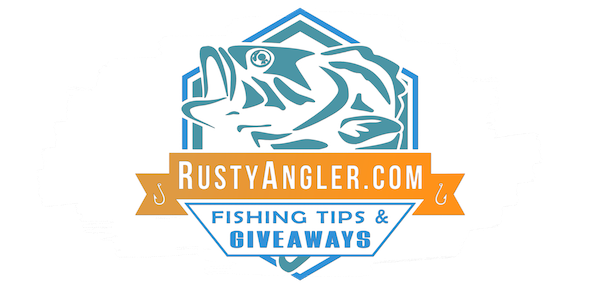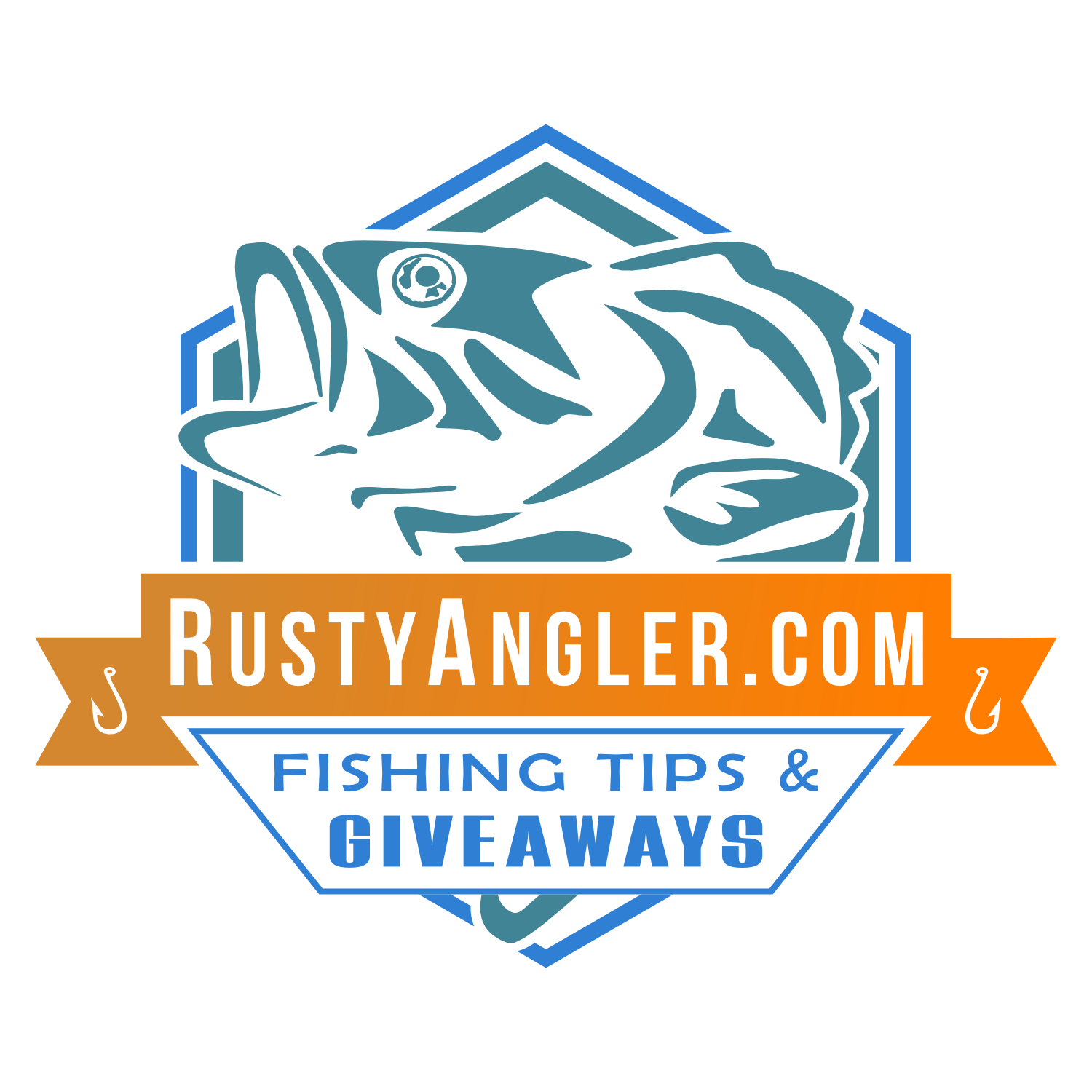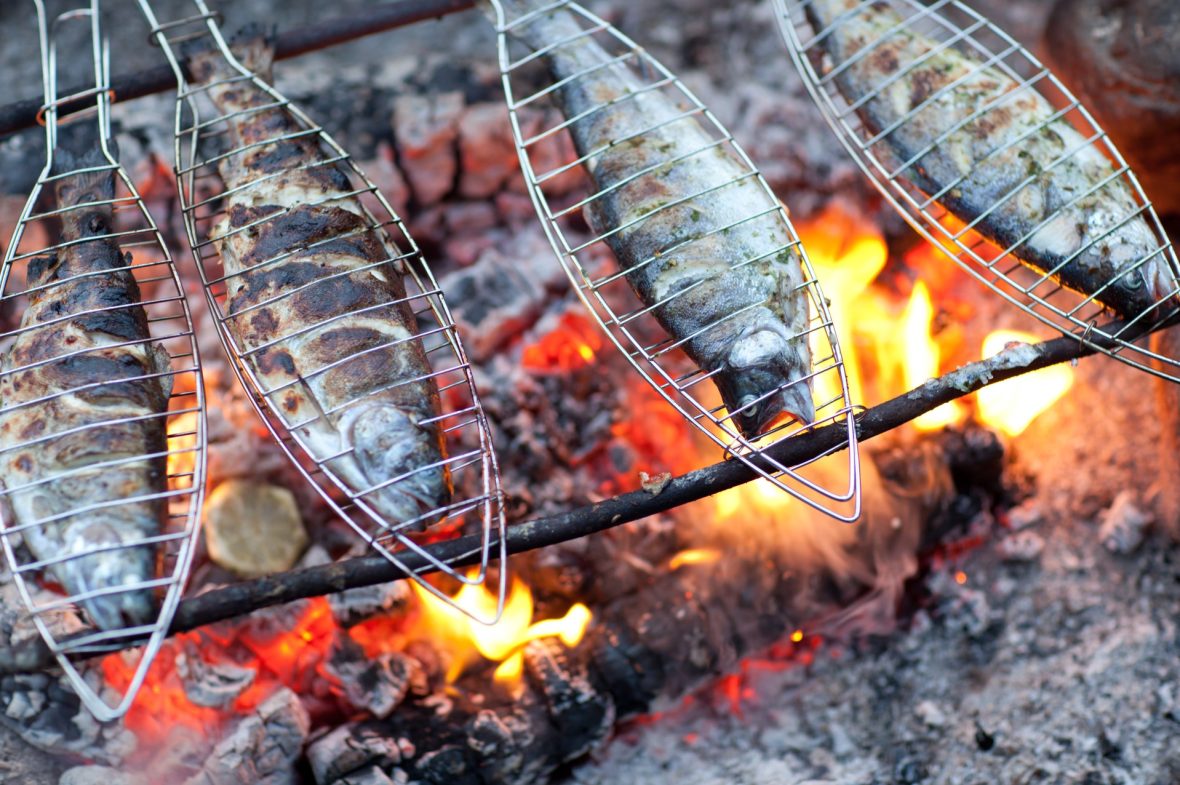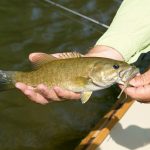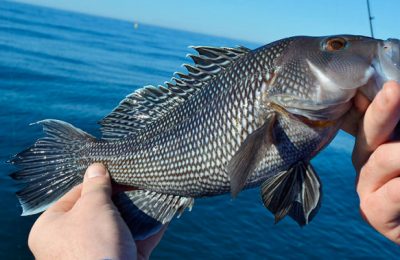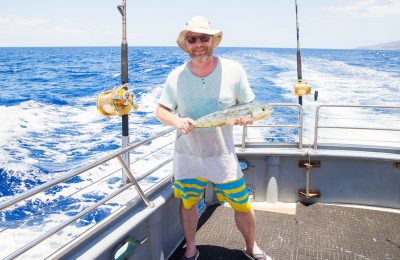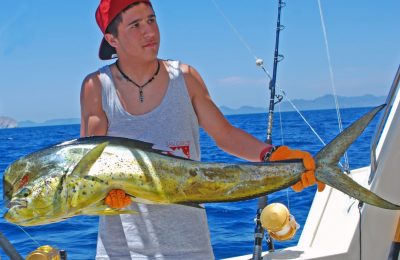How to Prepare Fish Outdoors
For serious outdoorsmen, few experiences are more iconic than pan frying freshly caught fish over an open fire. What about cooking your catch?
Be it river trout, smallmouth bass, spotted bass, black sea bass, yellow perch or just plain old perch, the smell of burning wood mixing with the sizzle of fish on cast iron is ubiquitous. You can definitely eat bass fish!
Yet even the most ardent angler may be stymied when asked just how to cook fish over a campfire. What is the best pan for cooking fish outdoors? What seasonings should be use? How to tell if the fish is cooked through?
Step One: Fire
Not all campfires are made for cooking. The best campfires for cooking fish are hot, low-flame fires with lots of coals. This gives an area large enough for a pan or grate, with a stable temperature across the coals that will cook the fish evenly.
The best wood for campfire cooking is hard and dry. While oak might be hard to find, birch is an ideal wood for this as it burns evenly and warmly, even when damp.
Let the fire burn down, continually adding wood, until the campers have a large supply of hot, glowing embers. If using a pan or grate, keep enough wood handy to ensure some good flames.
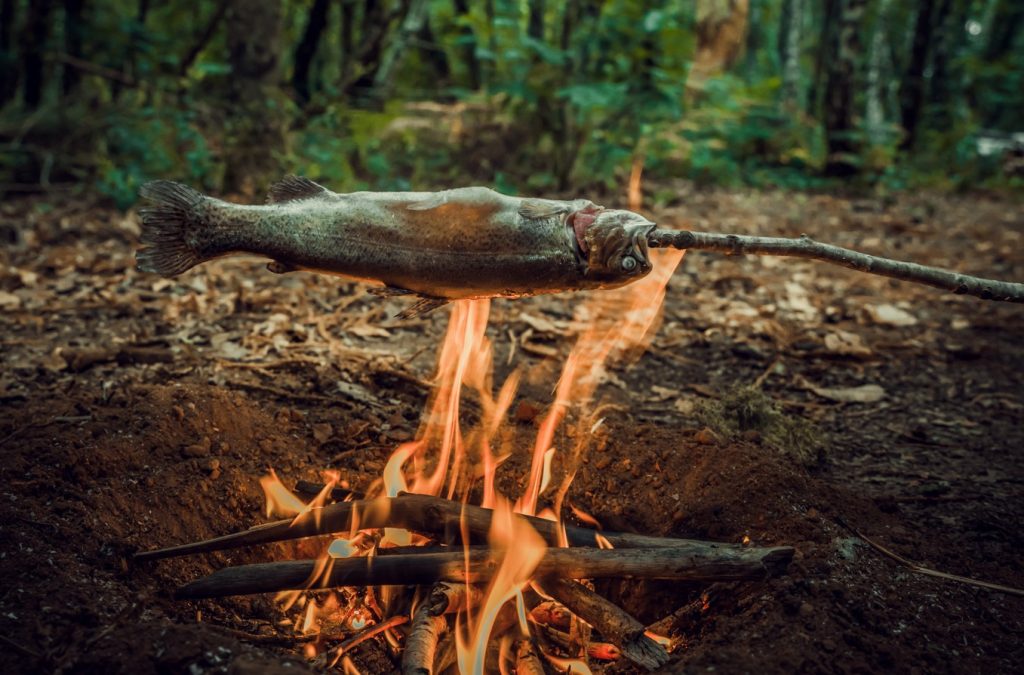
Caveman Style Cooking
One of the more satisfying, and easiest, ways to cook fish outdoors is known as Caveman Style. Quite simply, take the cleaned fish, cut some slashes along the body, and throw it directly onto the hot coals.
Just make sure the coals are red hot and glowing.
Frying fish directly on coals will cause the charred wood to create a sticky, protective barrier around the fish. This allows the meat to cook through while retaining the tenderness.
Once done, simply peel the charred skin back, add some salt and pepper, and dig in. The best fish for caveman cooking are large enough to easily peel and share.
Large, bony fish like pike are particularly good for this style of cooking as diners can pick around the large bones with ease.
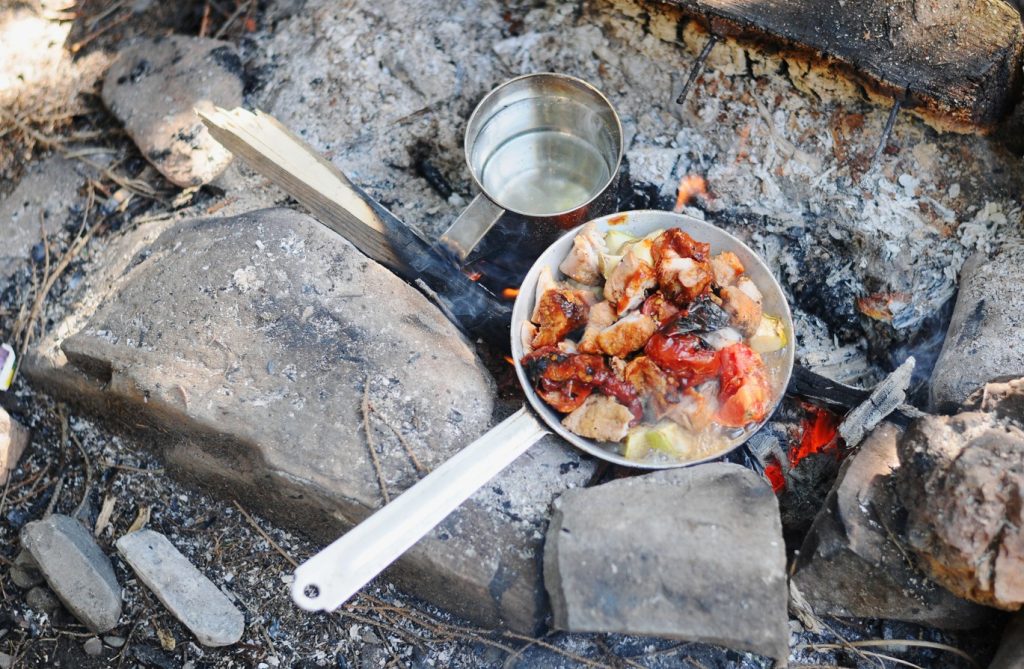
How To Pan Fry Fish
For those seeking a more civilized means of campfire cooking, few things are as ideal as a cast iron pan.
There’s a reason trout, perch, bluegill, bass, crappie, and any number of small fish are referred to as “panfish.” Quite simply, they fit nicely in a standard cast iron pan. Check out the best panfish lures for catching dinner tonight.
While there are many ways to pan fry fish, there are a few consistencies to remember. Cast iron is best used with oil, and while butter will work, vegetable or peanut oils are preferred.
Cooks should ensure their kit includes a spatula or tongs for turning the fish, something with which to wrap the handle of the pan, and if desired a grate or stabilizing legs to prop up the pan.
How to season fish outdoors depends on the camper. Salt and pepper are standards, and some cooks will bring seasoning with them. Other traditional naturalists will use whatever seasonings they can find.
Fennel, rosemary, bay leaves, and mint are common when scavenging for seasoning. For those with bolder palates, blackened fish is a staple.
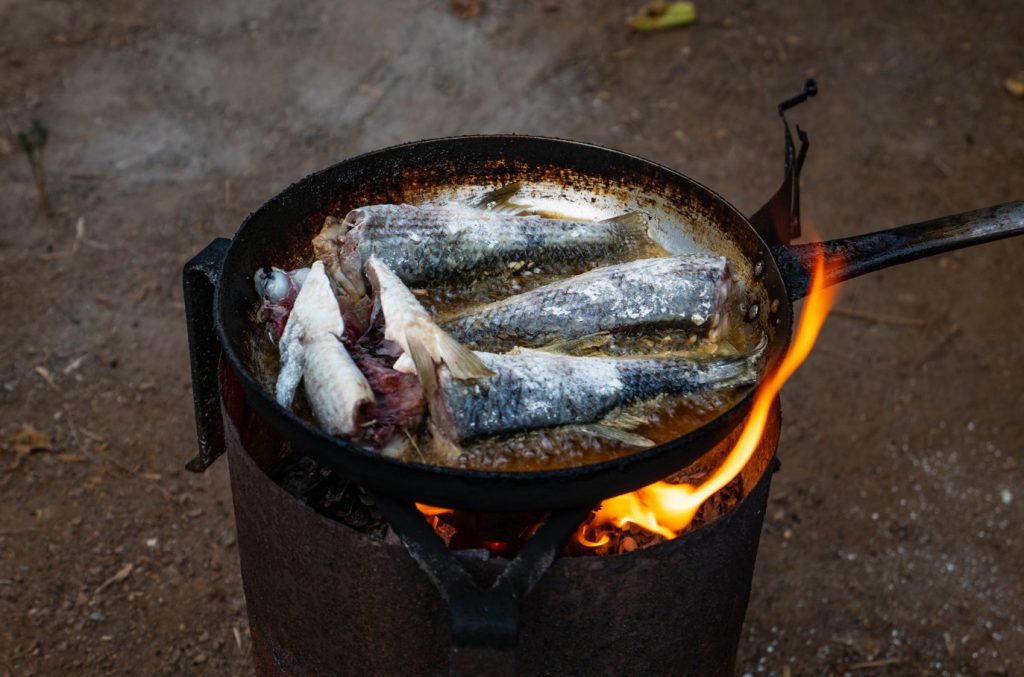
How to Blacken Fish
Blackening refers to a group of recipes where the fish is dredged through butter and then covered in a thick layer of spices. When placed on a hot cast iron pan, the seasonings brown and blacken as they caramelize.
This not only provides a moist, sweet flavor, but the heavy spices can be used to cover strong flavored fish species such as redfish, snapper, or some trout.
When learning how to fry fish, campers are often taught blackening as an initial skill.
Standard blackening spices include paprika, thyme, cumin, mustard, black pepper, white pepper, and cayenne pepper. The spices should form a thick layer on the fish, so experienced cooks know not to be shy when spicing.
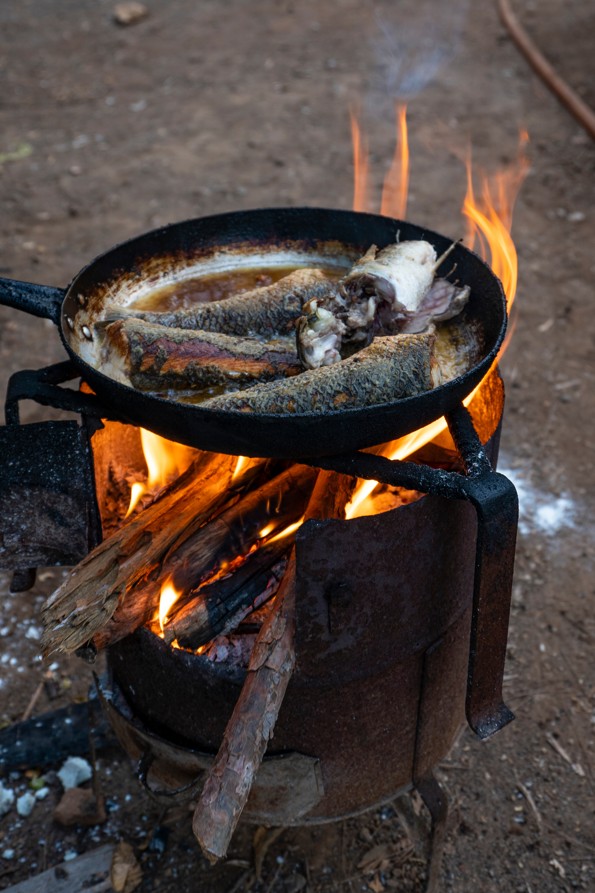
How Long to Fry Fish?
Even experienced anglers can have trouble telling if a pan-seared trout is cooked through, or if that big mouth bass is ready to eat. Most anglers do not carry a meat thermometer with them to test their catch.
Undercooked fish can have salmonella, parasites, and a variety of food-born toxins. On the other hand, overcooked fish is tough, unappetizing, dry, and chewy.
So how long to fry fish is a constant question in the campfire world. Fortunately, the answer is easier than most believe.
Unlike deep frying, when panfrying fish look for the flesh to become flaky and for the skin to peel away. This happens at about 145 degrees Fahrenheit, the sweet spot for fish.
In addition, most raw fish has a translucent appearance. When cooked, that quality disappears and the flesh becomes solid in color, be it light or dark flesh.
A general rule of thumb is to take a fork and stick it in the thickest part of the fish. Twist the fork, and if the flesh pulls away and flakes, the fish is ready to eat.
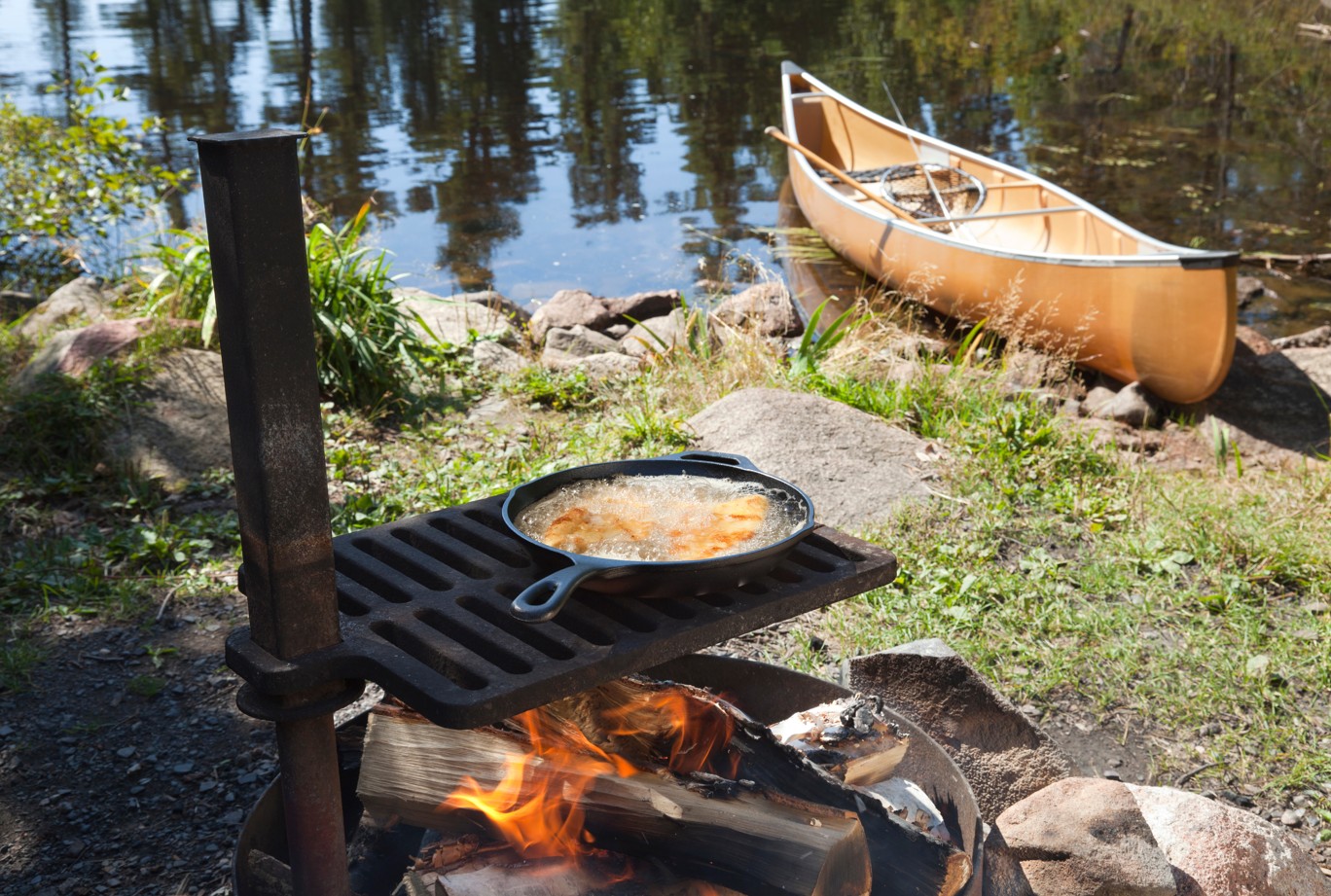
Best Pans for Cooking Fish
Lodge makes a line of cast iron pans that have stood the test of time. Particularly good for fish are their pre-seasoned pans that are ready to go.
Additionally, Lodge pans come with an easy slip-on silicone grip for moving the pan easily.
Utopia also makes a good pre-seasoned pan that has stood the test of time. Easy to clean and care for, these pans are a staple for campers and anglers alike.
While there are many companies that make modern, non-stick pans, few can match the durability and performance of cast iron. Coated pans must be protected and, if the coating scratches, the pan is useless.
When dealing with fire, it is also best to stick with steel tools. The best tools for campfire cooking need to be strong and durable, which rarely includes plastic or modern silicone tools.
Since cast iron pans are solid, campfire chefs don’t need to worry about scratching a protective coating when using a steel spatula or fork.
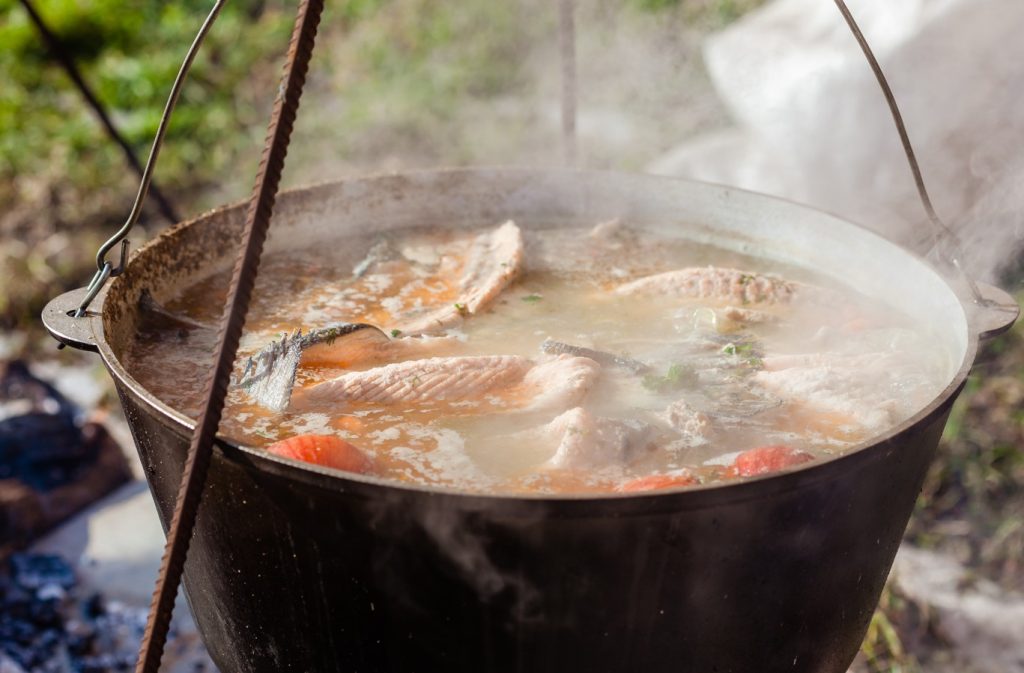
Find out where the best fishing vacation spots are in the USA?
